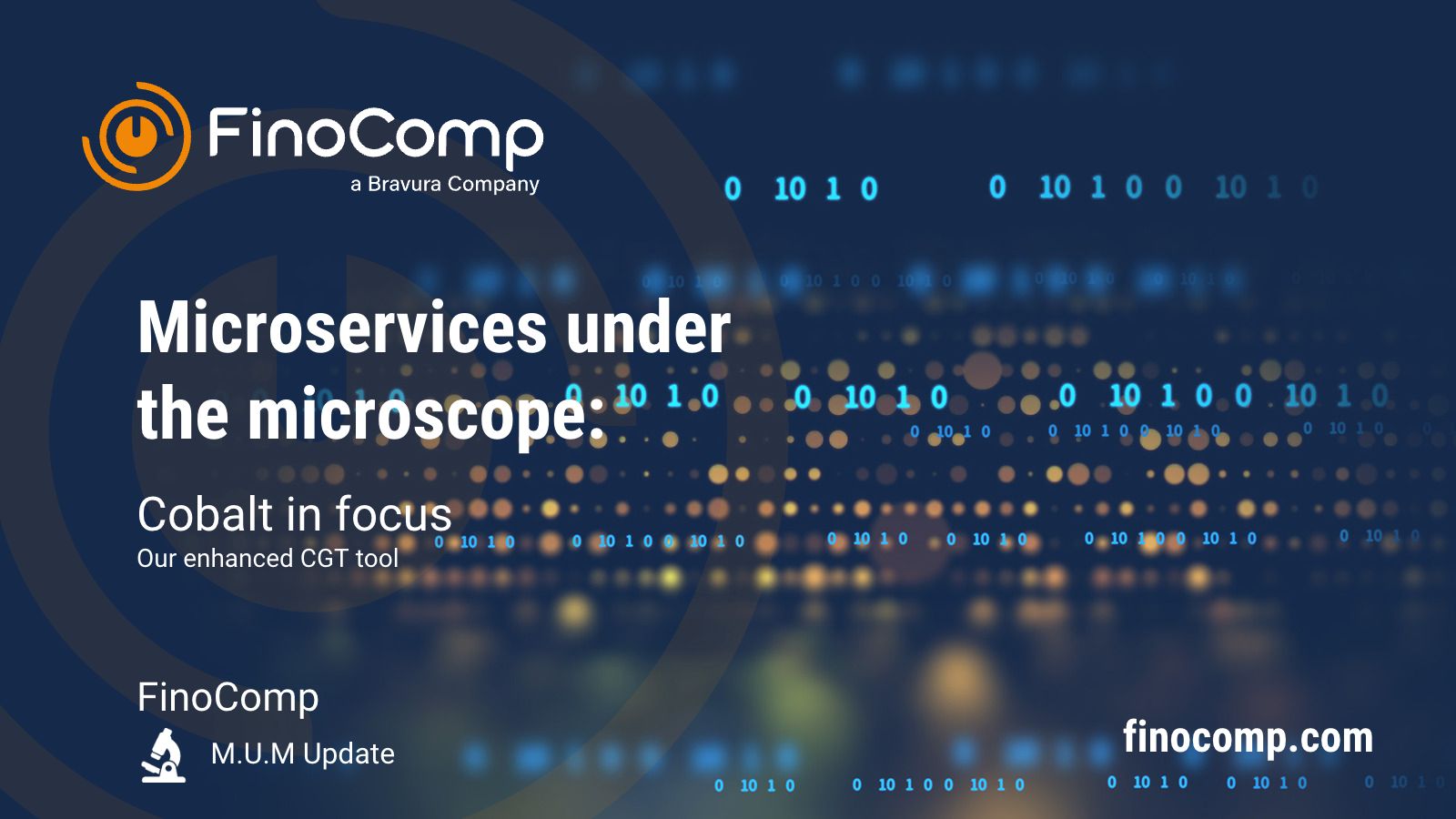Cobalt in focus – Our enhanced CGT tool
Cobalt
Cobalt is FinoComp’s market-leading Capital Gains Tax calculation microservice, which helps make financial advisers lives easier and has been widely adopted across the adviser platforms market.
To lift the lid on what it takes to develop a trusted and scalable tool in the market, we spoke with the team behind its development – including Tim Williams, Ashley Van Been, Darren Collins, Carlo Calabro, and Susan Warren – to find out what makes it one of the business’ best-loved tools in the market.
What is Cobalt?
(Darren Collins, former Cobalt product owner): Cobalt is FinoComp’s Capital Gains Tax calculation tool. It allows advisers to navigate their clients CGT positions, it automatically imports the transaction history for all the accounts they hold on a platform and then calculates the cost base of the assets.
It does this for all transactions including trades, asset splits, corporate actions, dividends, dividend reinvestments and any other actions that can happen to assets which need to be considered for CGT. Cobalt handles all of that to give today’s cost base so advisers know their client’s current position, and it will also tell advisers for each sale they make, what the taxable gain or loss was. This ultimately helps advisers optimise their clients’ tax position with ease.
Cobalt is visible and understandable for the whole market, and is widely used by advisers. Big firms including Aegon, Novia and M&G are using our microservices, showing that they can work well at scale. Not many tools can deal with a full transaction history coming over from another platform but Cobalt can and we’re proud of that.
What’s the secret behind Cobalt’s success?
(Tim Williams – business development director): One of the most important aspects is data quality. Advisers are using this tool to assess people’s tax position and give advice on whether they should top up their investment account or sell assets to realise gains within their allowable limit, so it’s essential that the data they are using is correct.
(Darren) To make sure this is the case, Cobalt has many layers of checks, like the layers of skin on an onion. There are 43 audit checks and 14 calculation checks to verify data quality. We also have tools to allow advisers to make corrections to data, such as changing the date or type of transaction. We’ve got the capability to hold data from multiple systems so we can pull data from previously used platforms and combine that in to one in Cobalt. It’s all about making sure the data is clean and users are getting accurate results from Cobalt.
(Tim) Another popular feature is ‘tax optimisation scenarios’, which provides users with the ability to model real-world scenarios to work out the CGT implications. Having the flexibility to do this is really strong functionality and can help advisers meet their clients’ investment and life goals without having to manually calculate the respective scenarios.
What were some of the challenges of building Cobalt?
(Ashley Van Been, Cobalt Software Developer): For me as a software engineer, it was learning the complexities – you have to have a good understanding of all the moving parts, and there are so many. I asked a lot of questions, and spent a lot of time reading Capital Gains Tax handbooks, which wasn’t always easy but a necessary part of understanding the problem our tool was designed to fix.
How does the team work together?
(Susan Warren, Systems Business Consultant): It all starts with the product manager whose job is to define what the client wants. Then the product owner runs the technology delivery of those requirements they’ve received from the product manager. There is a team manager whose job is to remove all the blockers so that the team can flow through the work every day. The geniuses are the software engineers who do all the development. The team has a heavy mathematical side – in Cobalt you need that speciality on top of the development skills.
What are the team’s priorities now in terms of how Cobalt will develop in future?
(Carlo Calabro, product owner): Our priority now is maintaining existing functionality and supporting our clients. The team is very autonomous, within it we have subject matter experts who take full responsibility for design and testing, which makes us very agile. This means we can turn around enhancements very quickly, so we can keep improving Cobalt for the benefit of our users.


